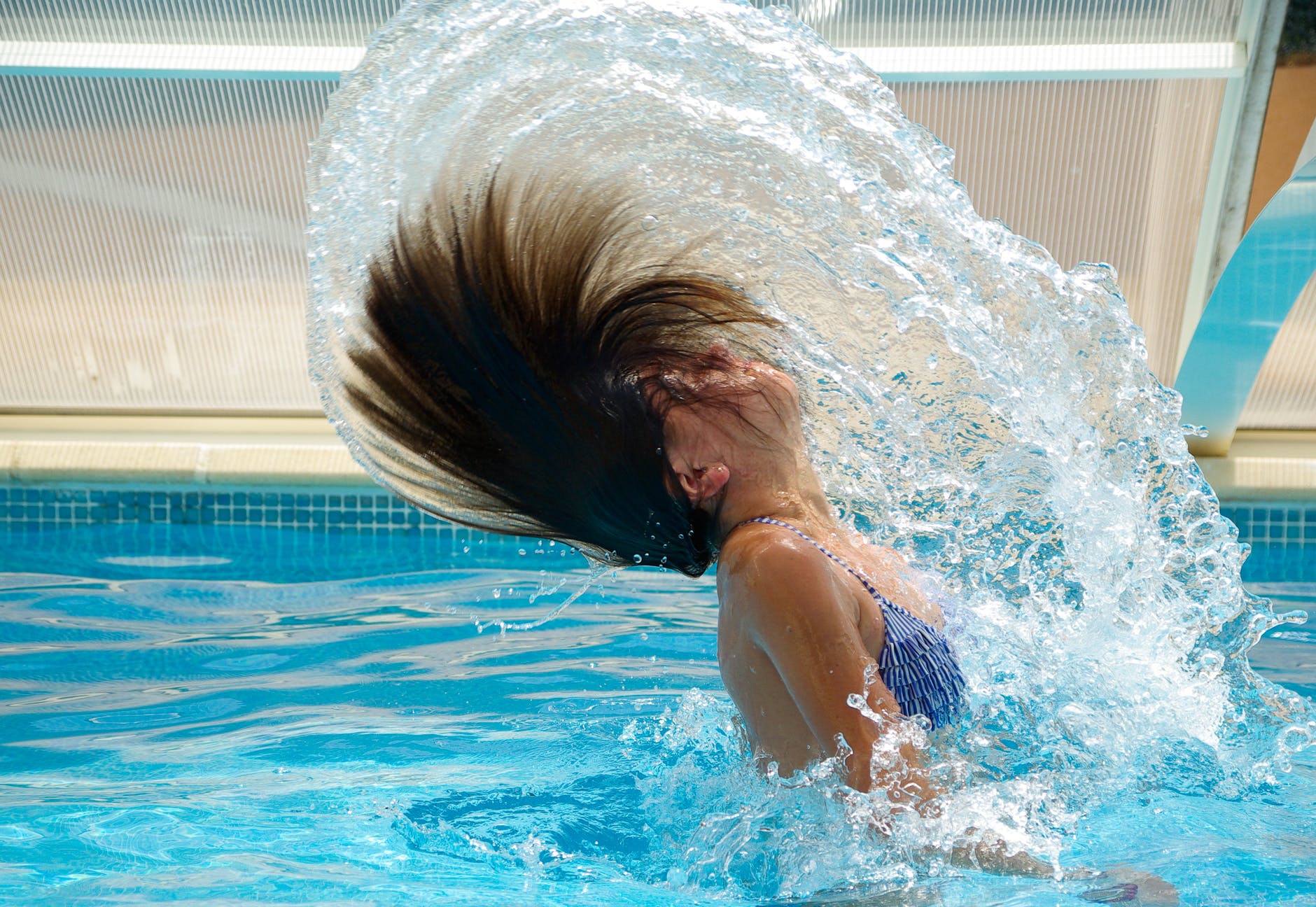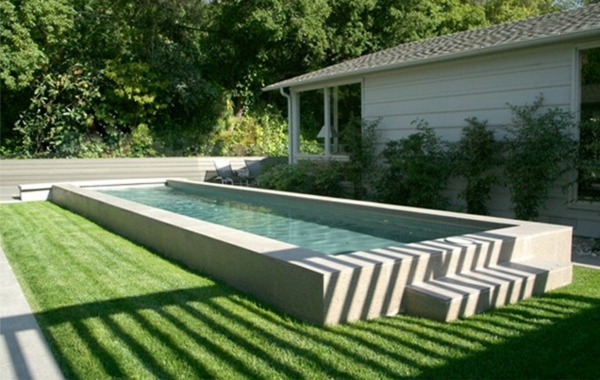How To Use Pool Test Kit At Home?

The arrival of the summer season means that it’s time to get into the pool. This is the right time to buy a pool test kit and do water testing. In a residential pool, you need to regularly check the :
- pH
- Chlorine
- Total alkalinity
- Acid demand
There are some other pool water test kits as well. Don’t know how to use them? Do not worry; here we have a complete guide on doing Pool water testing with test strips and many other kit methods.
Special Tests
Standard pool water test kits can do four to five principal tests that are mostly required by homeowners. You can also get specialty pool test kit in certain cases like:
- Suppose you have a Biguanide water treatment system in your swimming pool. It requires special pool biguanide test strips to check the sanitization level, alkalinity, and calcium hardness. It also works as a pH water tester.
- If you want to test for salt in a saltwater pool, then you will need salt test strips. You also need to check for chlorine in case your swimming pool has a salt-chlorine generator.
- Phosphates are tested using a phosphate pool test kit. Phosphates can enter into pool water through various mediums like lawn fertilizers, and this can lead to the growth of algae in your pool.
- If you see stains on your pool surface, test for metals like iron and copper using special pool test strips made for the same.
- Chloramines are tested using the DPD test kit. You can buy ShockCheck test strips when you need to use shocking to get rid of Chloramine.
- SafeDip water tester meter for TDS levels.
Read More-Pool Party Ideas to Throw a Splashing Pool Party This Summer
How To Work With Test Kits?
The standard pool water testing kits come in many different types. Below we have explained the following pool test kit to check the acid, alkalinity, chlorine, and water pH using 4-in-1 by Biolab Guardax test. You can also find 2-in-2 (pH and Chlorine water tester), 5-in-1, and 6-in-1.
You can also take the pool water sample to the supply store to get the readings done. Be careful about vial size, bottle numbers, and chemicals, the amount mentioned here is for this particular brand pool water test kit.
When is the Right Time To Do Pool Water Testing?
There are no set guidelines for when you should conduct various pool water tests. Some people prefer to perform the tests every day; however, this can be a bit too much.
According to pool experts, you can schedule your pool water testing like this:
- Chlorine levels: Two or three times every week
- ph water tester: Two or three times every week
- Acid demand test: Whenever you need to make pH levels adjustment
- Total alkalinity: every week
- Calcium hardness: every Month
- Cyanuric acid levels: Every Month
- Total dissolved solids (TDS): Every Monthly
Instructions
Take a Water Sample
First, you need to dip the plastic water tester into the pool and make sure you draw water from at least 18 inches to get accurate measurements. Water chemistry near the pool surface may not be the same as the water into the deep ends.
Check the Vial Levels
The next step is to fill the vials with water upto the marked line “fill” on the column. To get the proper reading, you need to get the proper ratio of pool water into the testing solution.
Test for Free Chlorine and Residual Chlorine
Now you need to add five drops of solution to the first column to check the chlorine level. The chlorine indicator in this test is from ortho-Tolidin.
Mix the Solution
Now it’s time to mix the solution. You need to put caps back on the vials, and invertor turn them upside down many times to properly mix pool water with the solution.
Compare the Colors
Wait for a minute, and then compare the colors of the vial to the plastic tester indicator. This will help you determine the level of chlorine in your pool water.
pH Levels Water Tester
After cleaning the tests, take a large tube and fill it till the top solid line with pool water at least 18 inches under. Now add one drop of No.4 solution and mix it by swirling the tube around gently. The solution contains sodium thiosulfate, which is a chlorine neutralizer. Now add five drops of No.2 solution, which is a red indicator of phenol. Again mix it gently.
Now you have to compare the colors of the tube to the standard pH water tester indicator to determine the accuracy level of pH in your swimming pool.
Test for Acid Demand
To do pool water testing for Acid Demand, you need to take the same sample of water as the pH test and add some acid demand titrant into it. Count every drop and make sure you keep swirling between drops until the color exactly matches the 7.4 on the indicator of the pool water test kit.
You can check the acid dosage chart to find the correct amount of acid levels you need to add to your pool to balance out the pH.
Test for Total Alkalinity
Rinse the tester clean thoroughly and fill a large tube till the lower dash line. Add one drop of solution no.4 and swirl gently to mix. Now add one drop of no.5B solution, which is an alkalinity indicator, and swirl again to mix everything.
Now drop by drop, keep adding No.3 solution until you see the change in colors to clean, then light yellow and light green.
Finally, multiply no.3 solution drops to check the alkalinity of the water.
Rinse and Dry the Tester
After you are done with pool water testing, rinse the plastic tester properly into the sink and then dry it out. Pack it again and store it in a cool, dry place. Make sure it is away from the reach of children.
Read More- Best Swimming Pool Slides To Buy
Tips for Testing Pool Water
- You don’t need to buy more pool chemicals than you will need in one season because they tend to lose effectiveness when kept for a longer time period.
- One test solution does not last longer than a year.
- Avoid using pool test strips. These are used to conduct individual tests by dripping on some pool water and then reading the color. However, pool test strips are not as effective as a kit or solution.
- When you are out of your pool testing solution, you can buy replenishment bottles instead of buying a whole new test kit.
- Comprehensive kits can be found in the market with various testing solutions and materials that are needed to do the chemical tests. These can cost somewhere between $30 to $60.
So now that you know everything about pool test kits and how to do pool water testing, when will you check yours?
If you find this post helpful, do not leave without leaving a comment below.

